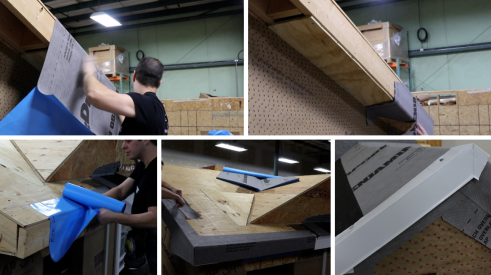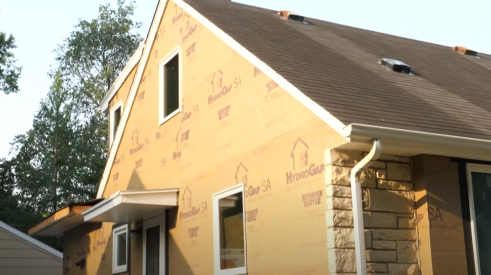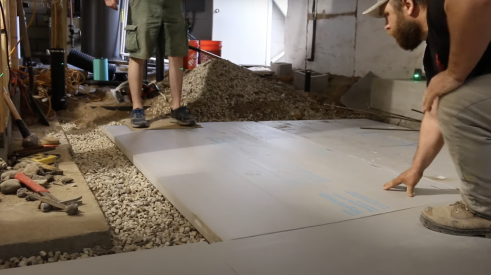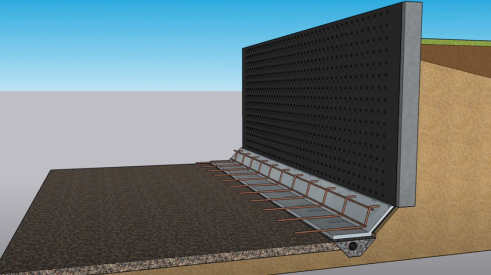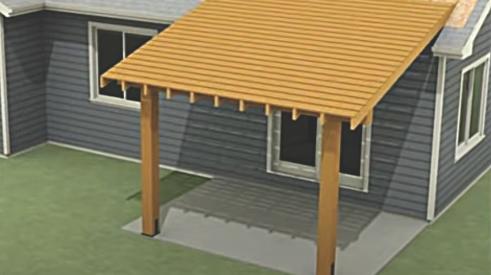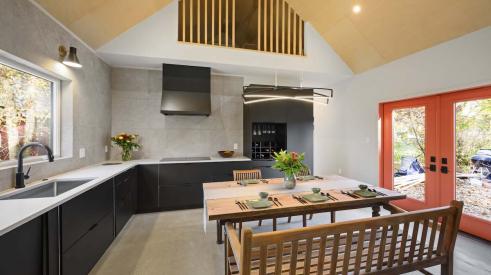Down here in the south, you will often hear the phrase, “If it ain’t broke, don’t fix it.” When it comes to lot preparation, we seem to fix a lot of things that were never broken in the first place. Just think back to the last lot you prepared for construction that, remarkably, had no measurable vegetation. I might be wrong, but that doesn’t seem to be the natural order of things.
When working through the opportunities in sustainable construction techniques, lot preparation can increase your “green” footprint at a significant overall savings. Clearing a lot completely removes trees and plant life that must be replaced prior to final inspection. Clearing also creates additional cost in the area of erosion control. Depending on your municipal requirements, costs can be rather high to restore vegetation.
This is not to say that construction activities will not require the removal of natural vegetation from the property. The key is to limit the clearing to the area required for construction activities and save as much of the natural vegetation as possible.
I recently spoke with a fellow builder who will soon be saddled with the cost of installing sod on the entire lot because of a new city requirement to have established vegetation before a certificate of occupancy will be issued. I suggested fencing off the lot behind the house 15’ beyond the back corner and maintain the native grass. The reduction in cost for sod will mean $100’s to the bottom line.
For most builders, the opportunity is not just to control projected increases, but to reduce current costs today through better development and construction processes. If cost control is your particular challenge, this greener alternative is better than nothing.
Or, as we say in the South, “When life gives you lemons, make lemonade.”
Related Stories
How to Weatherize Roof-Wall Intersections
Mitigating moisture between changes of materials and panes requires special attention
3 Steps for Installing House Wrap and a Rainscreen
ProTradeCraft's Building Resilience walks you through how to install a self-adhered house wrap, liquid flash obstructions, and top it off with a rainscreen
How to Insulate a Heated, Structural Slab with XPS
ProTradeCraft's Building Resilience season three starts with making a basement more comfortable
How to Retrofit Foundation Footings
To make a low-height basement a more comfortable living space, this remodeler digs deeper but needs to add support to do so
Crawl Spaces to Basements: Proceed with Caution
Converting a crawl space to other uses can upgrade a home and add significant value, but when done incorrectly, it can also be disastrous
Webinar: Project and Trade Management Musts—The New American Remodel 2023
Access the webinar here to learn project and trade management lessons from The New American Remodel 2023
How to Attach a Patio Roof to an Existing House
Discover expert tips on how to attach a patio roof to an existing house. Elevate your homeowner clients' outdoor living spaces with our comprehensive guide.
How To Improve Energy Performance in Existing Attics
There’s more to insulating the attic than attic insulation; there’s venting, air sealing, and misery
Model ReModel 2022: A Case Study in Sustainable, Thoughtful Construction
The eighth annual Model ReModel project features an accessory dwelling unit, designed for aging in place, attached to a 19th-century Victorian




